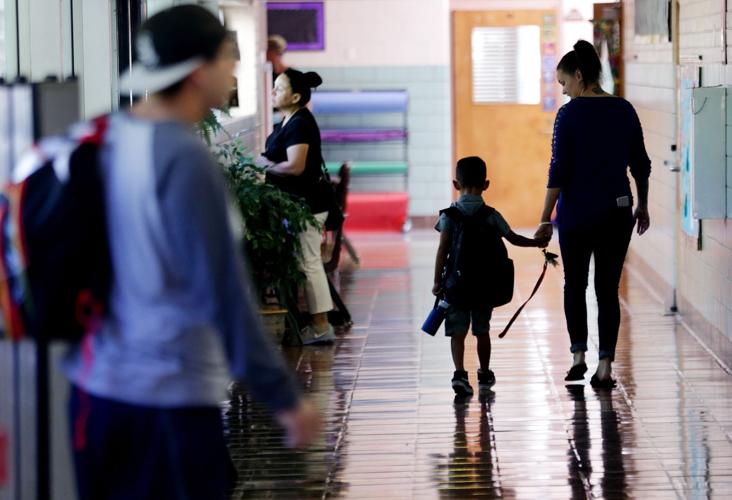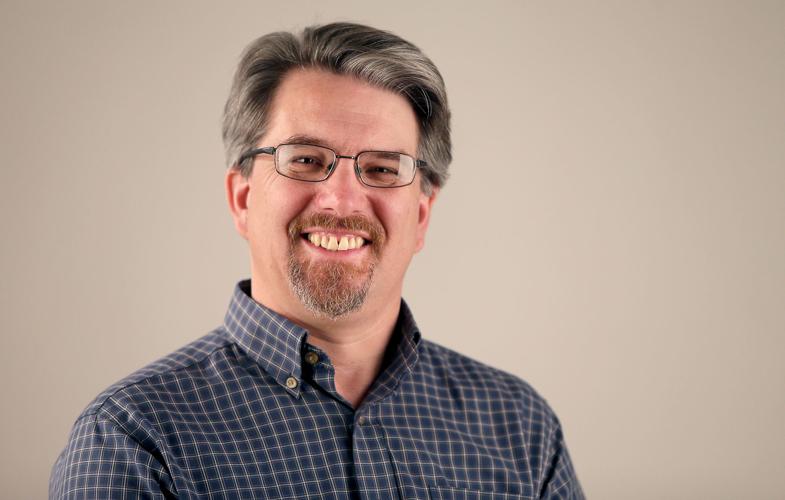Up in Maricopa County last week, voters enthusiastically decided they’re willing to pay more for their public schools.
They considered 27 ballot issues from school districts wanting budget overrides or to sell bonds, and they said yes to all. The average margin of victory was about 24 percentage points.
In Tucson, we narrowly recognized the need to watch hippos swimming gracefully under water in a possible new display, approving a tiny sales-tax increase for the Reid Park Zoo. But we said a loud “No” to most of our schools.
The average margin of defeat for three override or bond-issue questions put up by local districts was 21 percentage points. Only Flowing Wells district voters broke the pattern in the Tucson area, passing a bond issue by 24 percentage points.
It was a reversal of the traditional perception of how school funding elections go. Stereotypically, the more liberal Pima County voters tend to be more free spending with their districts, even if it means paying a little extra property tax. The more conservative Phoenix-area voters tend to be stingier.
Why the change? Paul Ulan, a Phoenix campaign consultant who worked on 17 of the school campaigns in Arizona, chalked up the districts’ greater success in Maricopa County to growing awareness of the need there.
“I think there’s the realization that the Legislature is not funding schools, and this is the only option available,” Ulan said.
Some of the credit belongs to pro-public-school activists, said Chris Herstam, a former legislator and chief of staff to former Gov. Fife Symington.
“The Save Our Schools group has done a masterful job of developing sympathy for public education in Maricopa County,” said Herstam, who converted from Republican to Democrat in 2015.
Maybe that campaign hasn’t hit Southern Arizona yet. Or more likely, we have local issues that undermined the school districts last week.
Like trust. The Tucson and Sunnyside unified school districts, especially, have trust issues. The constant controversies of TUSD and the scandal-plagued reign of former-Sunnyside superintendent Manuel Isquierdo may mean some people still don’t trust the districts enough to hand them more of our money on their word. Flowing Wells, on the other hand, has long sustained its strong relationship with its small community.
“We’re going to have to build our trust back up to the citizens before they’re going to look at helping us,” TUSD board chair Michael Hicks told me.
That’s too bad, because anyone familiar with the condition of many TUSD schools knows they desperately need more money to repair and upgrade buildings. And it’s not really their fault: The state has been so bad about funding the districts’ capital needs — buildings and the like — that it is facing a lawsuit it will likely lose over the underfunding.
Voters may not know that, though. Sunnyside Superintendent Steve Holmes acknowledged his district may have lingering trust issues from the Isquierdo days, a remnant that does not recognize the tough position the state has put school districts in.
He also said voter turnout in Sunnyside, which was well under 20 percent, hurt. Ulan, the campaign consultant, said these off-year elections are often harder than higher-turnout years.
Plus, in Tucson, there was the overhang of multiple tax requests of the same voters. TUSD, Sunnyside and Flowing Wells all have districts that significantly overlap the city of Tucson’s borders. In Tucson, we just raised the sales tax by a half of one cent in May.
Then there were more, simultaneous sales-tax requests in this election: Another half-cent increase for Strong Start Tucson, the one-tenth of one cent zoo request, and also a request to raise the mayor and council’s salaries. It was easy for the smaller group of voters in an off-year election to start filling in the “No” bubble and just keep saying no.
Of course, those Tucson tax factors didn’t have an effect in Marana, where voters have traditionally voted in favor of school bond issues and budget overrides. This year, they voted 61-39 percent against.
Superintendent Doug Wilson attributed the loss in part to the off-year nature of the election. Early analysis showed that 88 percent of the people who voted in the election were over age 50, he said.
Finally, of course, there’s the economy. Employment and wages continue to lag well behind Phoenix in the Tucson area. Job growth has been nonexistent here while it’s been strong in Phoenix. The latest figures from the UA Eller School show that the Phoenix area’s average hourly private-sector wages are 20.5 percent higher than Tucson’s — $22.36 in Tucson to $26.96 in Phoenix.
Still, several people I spoke with drew hope from the Phoenix results for the future of Tucson’s schools.
“As Maricopa goes, so goes the state,” Wilson, the Marana superintendent, said. “If there’s a shift now to support public education, maybe that will help us. Then it doesn’t become a local issue, it becomes a state issue.”
That is, after all, the best way to deal with this school-funding issue: Raising the base funding at the state level, rather than repeatedly asking local voters for a little more.
Going into an election year, it would be fantastic if Gov. Doug Ducey and the Legislature feel the full weight of Maricopa County’s renewed enthusiasm for funding schools. If they do, it won’t matter that Tucson-area voters had issues with their districts this year — but still wanted to see hippos swim.





